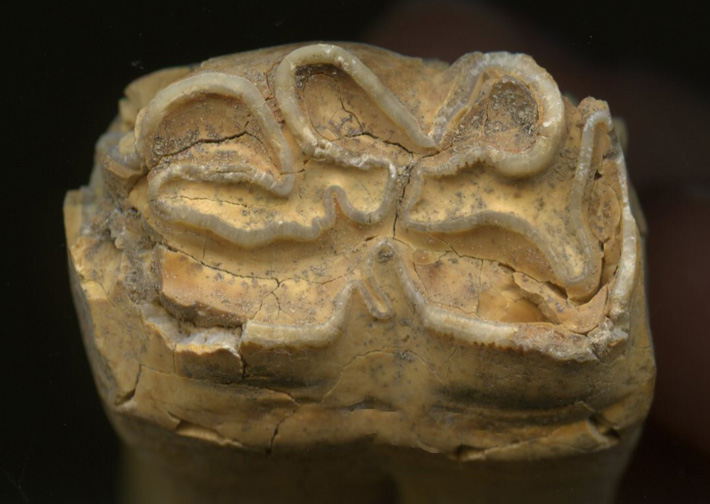
PARIS, FRANCE—According to a Cosmos Magazine report, an international team of researchers led by Silvia Guimaraes of the Institut Jacques Monod analyzed the genomes of horses who lived in Anatolia and the Caucasus between 9000 and 500 B.C. In particular, they looked at the animals’ mitochondrial DNA, Y-chromosomes, and DNA markers linked to coat color, and found that genetic patterns associated with domestication appeared suddenly in the Anatolian horses around 2000 B.C. If horses had been domesticated in Anatolia, Guimaraes explained, the traits would have been acquired gradually. The imported horses then bred with local wild Anatolian horses and donkeys, producing mules between 1100 and 800 B.C. Horses are more likely to have been domesticated in the Black Sea region, Guimaraes added. Read the original scholarly article about this research in Science Advances. To read about the relationship between horses and humans throughout history, go to "The Story of the Horse."










